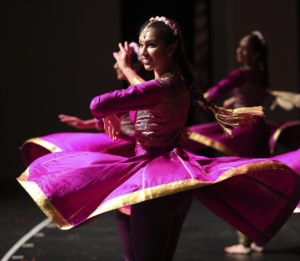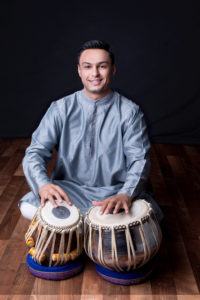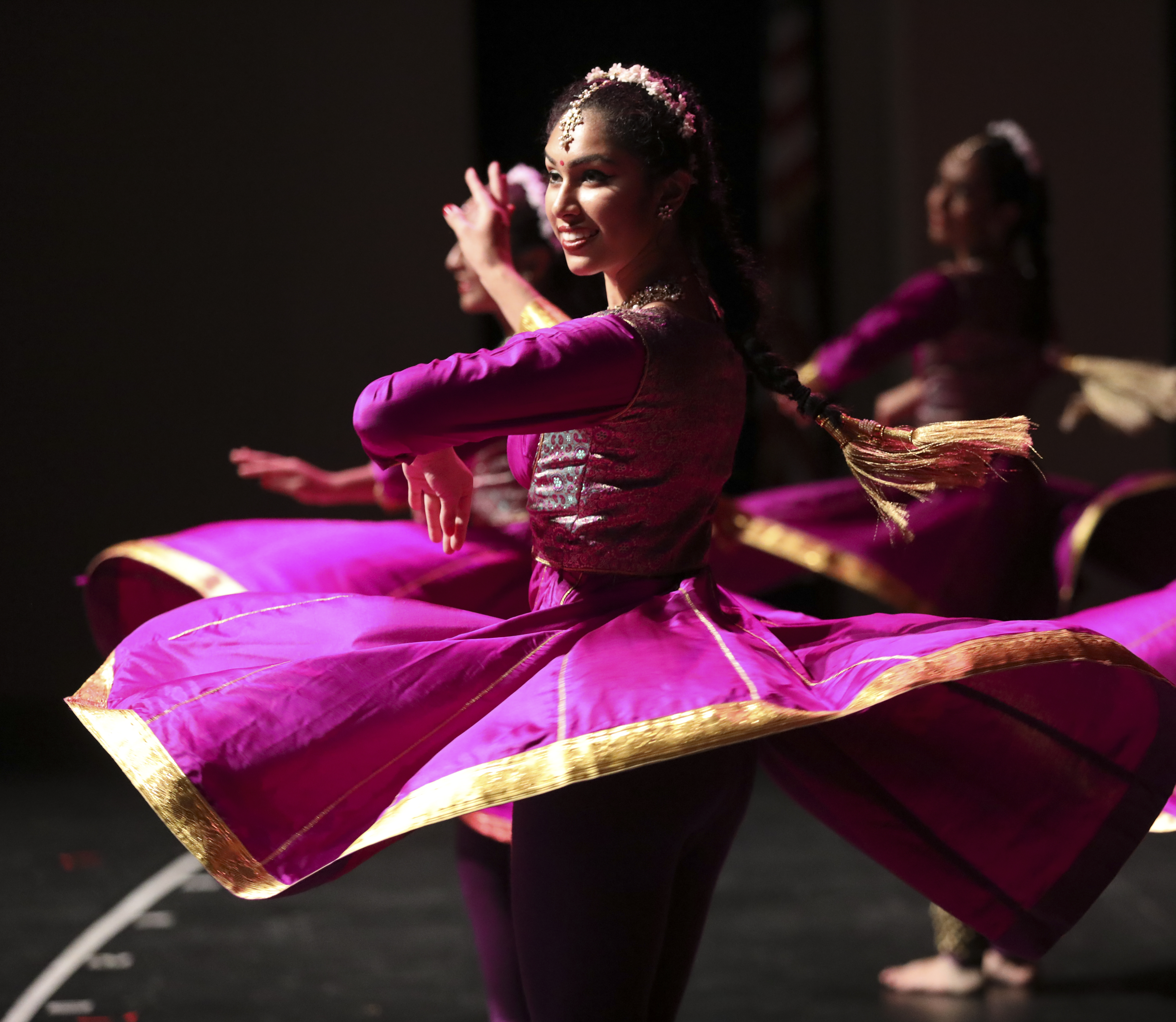
Think about the different studios that have been part of your dance training. What kinds of programs did they offer? Ballet, modern, jazz, “world dance” forms…perhaps there were also classes in folk dance, Labanotation or choreography. Or maybe conditioning/bodywork options like Pilates, barre á terre or Feldenkrais. A percussive dance department might include tap, clogging or Flamenco.
I have never been in a decision-making role in a dance studio, though I can imagine that a number of factors go into programming design. Longevity has to be one piece of the puzzle; the longstanding, well-known curriculum that has always been on the studio schedule. Demand is a major consideration as well. You can’t sustain classes without adequate and thriving student enrollment. Maybe trends even play a part; offering styles and approaches that happen to be gaining popularity at any given time. Also the teaching faculty – where do their strengths lie? What genres and disciplines speak to them? But more than anything else, studio programming should have its gaze fixed on the students, whether children or adults, new dancers or professionals. What collection of classes provides them with comprehensive training? What programming motivates and encourages the pursuit and study of dance and movement? I would bet that studio owners, educators and staff are in constant conversation about the path and development of their programming. The directors at the Chitresh Das Institute (CDI) are definitely engaged in this ongoing dialogue, having recently made the decision to add music classes to their curriculum.
Dedicated to training students in the Northern Indian Classical dance form of Kathak, the Chitresh Das Institute is a fairly new addition to the Bay Area performing arts landscape. Just one-year old (established in January 2017), the Institute is named for famed, revered Kathak Master, the late Pandit Chitresh Das. “Das died suddenly in 2015 and there was no legacy plan in place,” recounts CDI’s Artistic Director Charlotte Moraga, “at that time, his school had a number of branches and the teachers and his longtime disciples ended up breaking off in many different directions.” A chaotic, grief-filled time to be sure, and yet amidst the chaos, Moraga and Das’ wife Celine Schein Das (CDI’s current Executive Director) knew that moving forward was also part of the healing process. They envisioned a new educational entity, one that would carry the principles that Das had been devoted to his entire life. “We wanted to create a space where there could be innovation within tradition, where Kathak can be elevated and made relevant to our contemporary life while at the same time keeping its history and customs close,” Moraga adds. Chitresh Das Institute is the result of their efforts.
It’s been an exciting inaugural year at CDI. They have four locations (Cupertino, Dublin, San Francisco and San Mateo), where over twenty different beginning to advanced Kathak classes are held each week. An impressive teaching faculty is in place (each of whom trained directly with Das), “all eager to share the historical, mathematical and philosophical aspects of Kathak,” notes School Director Preeti Zalavadia. Students, whose ages range from five to fifty-plus, have enjoyed several different performance opportunities, including CDI’s year-end showcase. And Moraga formed a pre-professional youth company (Chitresh Das Youth Company) made up of twenty-four advanced CDI dancers. The youth company made its debut last summer as part of Moraga’s Art of Kathak show at Z Space and five members of the youth company recently toured to Toronto to perform alongside a professional music ensemble at the Harbourfront Theatre. “CDI’s mission is to build a nerve center for Indian classical arts through innovative education, community building and performance programs,” Zalavadia relays, “we are establishing a cultural institution for children and adults living in the Bay Area which we hope will instill and nurture a life-long passion for Kathak.”
CDI intends to keep this forward momentum going as they enter their second year – looking beyond, looking outward, looking to what’s next. And for Moraga, living into this idea of expanse relates directly back to Das, “Das had a spirit of continual growth; he wanted to touch as many lives as possible by spreading the tremendous joy, beauty and depth of Kathak.” CDI is committed to honoring this spirit by reaching out to new students and by broadening and deepening the curriculum to include other artistic disciplines, like music.

Both Moraga and Zalavadia see multi-discipline training as essential for their students because Kathak itself is a multi-discipline artform. “The Kathak performer is equal parts dancer and musician,” Moraga explains, “you must have a strong knowledge of the music in order to fully understand the dance.” Zalavadia agrees, “a Kathak dancer is not just a dancer, but a musician, singer and storyteller; Das trained his students to sing, narrate and recite what they were dancing in class and in performance – training in instrumental and vocal music gives a dancer the opportunity to strengthen their learning and performance and dive deep into the rich Indian classical arts.” To that end, the addition of music classes was an obvious next step in the evolution of CDI’s programming. CDI named Nilan Chaudhuri as the Director of Percussion/Tabla Teacher and launched the new track with two twelve-week music sessions in vocals and tabla, a percussion instrument which Moraga describes as “two drums, one played with the right hand and one with the left, that together can produce many sounds with different types of virtuosic strokes.”
The response to these first music offerings was overwhelmingly positive, “students are so happy to have the opportunity to study with such a talented young artist like Nilan,” says Moraga. And she notes that, as intended, it is giving them further insight into the comprehensiveness of Kathak, “as they incorporate music into their study, they notice that their practice is changing – they are seeing how much it benefits their dance.” CDI students and youth company members will have a chance to show off this music/dance connection in an upcoming show. Following up on the Art of Kathak performances at Z Space last July, plans are underway for a Fall 2018 home season, which will examine the history and connection between Hindu and Persian cultural traditions. Many artistic disciplines will be part of this new collaborative project, with music having a heavy focus.
CDI’s next music series begins in March, and regular sessions will continue throughout the year. But again with their eye on growth, CDI’s directors are not satisfied with music settling in as a static part of their class schedule. Moraga is already thinking of ways to expand the program as it gains traction, “we are so excited about this new endeavor; it has so much potential.” One idea on the horizon is bringing guest teachers and artists like London-based singer Ranjana Ghatak and Toronto Tabla Ensemble Artistic Director Ritesh Das to work with CDI students. “Families have been very supportive of the music program and we sure hope to grow it even more, so that the students of Chitresh Das Institute can engage and connect with the experts in the field of Indian classical arts,” Zalavadia shares.
This article appeared in the March 2018 edition of In Dance.


